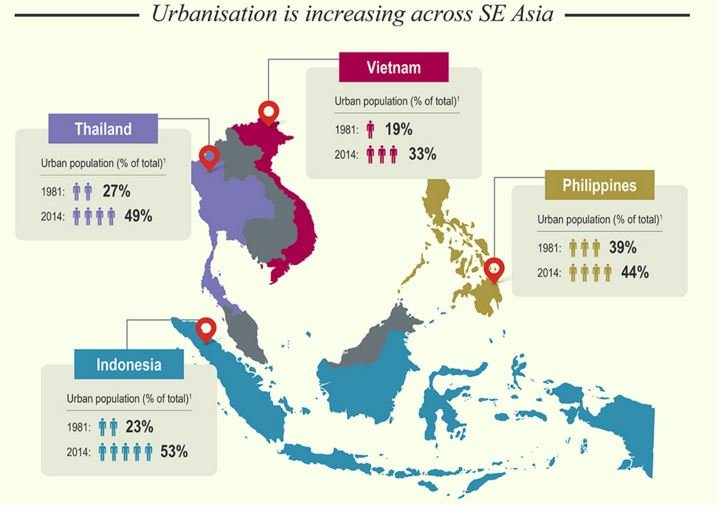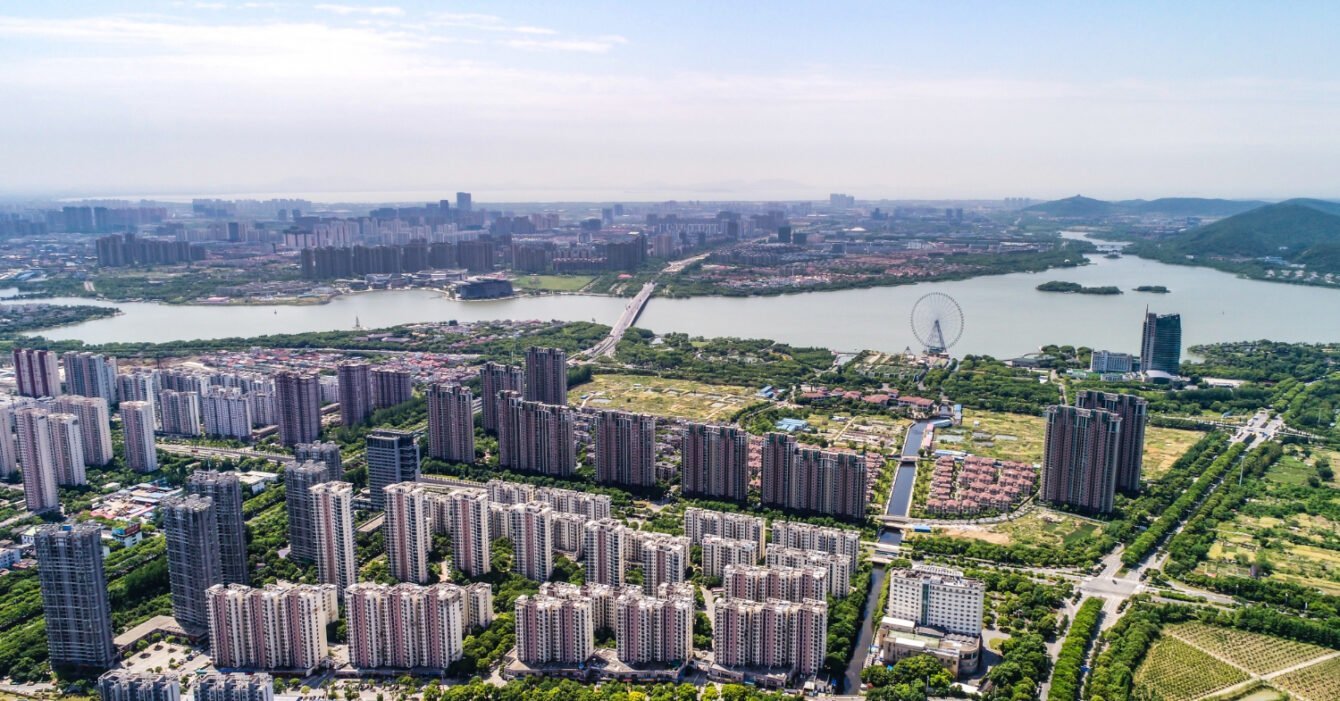The real estate sector in Southeast Asia is experiencing rapid growth, driven by urbanization, foreign investment, and a shift towards sustainability. As one of the most dynamic markets in the world, it offers a range of opportunities for developers, investors, and buyers. This article explores the major trends shaping Real Estate Development Southeast Asia, both residential and commercial. Let’s take a look!
Market Growth Projections
The real estate market in Asia is poised for substantial growth. In 2023, the market was valued at an impressive $282.90 trillion, with residential real estate accounting for the majority at $235 trillion. This sector is growing at an annual rate of 2.99%, with projections showing it could reach $327.80 trillion by 2024. Such figures highlight the immense potential of Southeast Asia’s real estate industry.
Urbanization Driving Demand
Urbanization is a key factor fueling the demand for real estate, especially in countries like Vietnam and the Philippines. The migration of people from rural areas to cities is creating a surge in demand for residential properties. For example, in Manila, the property market is expected to grow by 5.9% in 2024. This growth is supported by the rise of industries such as fintech, which has created new job opportunities, boosting the local economy.

Vietnam is experiencing similar urban expansion. As more people move to urban areas, the demand for housing, office space, and commercial properties is rising. This rapid urbanization is making the region a hotspot for both residential and commercial development.
Sustainable Development Trends in Real Estate Development Southeast Asia
Sustainability is becoming a crucial factor in Real Estate Development Southeast Asia. Many developers are now incorporating eco-friendly practices into their projects, recognizing the long-term benefits for both the environment and the market. Sustainable development helps preserve resources while making properties more attractive to modern buyers who prioritize green living.
This trend is also aligned with global environmental goals. By adopting sustainable construction methods, developers are not only reducing their carbon footprint but also ensuring that their projects remain viable and attractive to future generations.
Foreign Investment Boosting Growth
Southeast Asia has become a magnet for foreign investors, particularly in the real estate sector. Countries like Vietnam have introduced reforms to make the investment process smoother and more accessible. These reforms, along with significant infrastructure projects, have attracted a surge of foreign capital, especially in the residential sector.
Foreign investors are drawn by the region’s economic potential, growing urban centers, and the rise of the middle class. With increasing disposable incomes, more people are able to invest in real estate, whether for personal use or as an investment opportunity.
Rise of Co-Living Spaces
Co-living spaces are gaining popularity across Southeast Asia, particularly among young professionals and students. These spaces offer affordable and flexible living arrangements, which are ideal for people who are looking for community-oriented housing. This shows the shift towards a more modern touch of Real Estate Development Southeast Asia.
Cities like Bangkok and Ho Chi Minh City have seen a rise in co-living developments, which are not only affordable but also provide amenities. They usually include shared workspaces, gyms, and social areas. This trend is expected to grow as more people seek affordable housing options in the region’s fast-growing cities.
Luxury Market Dynamics
The luxury real estate market in Southeast Asia is thriving, especially in countries like Thailand. Luxury residential properties are attracting international buyers, particularly from China and Europe. These buyers are not just looking for opulence; they want properties that offer convenience, proximity to essential services, and access to modern amenities.
This trend highlights how the definition of luxury is evolving. It’s no longer just about grandeur but also about lifestyle choices. Buyers are looking for properties that offer comfort, convenience, and connectivity.
The Real Estate Development Southeast Asia is expanding rapidly due to a combination of factors such as urbanization, foreign investment, and a growing focus on sustainability. Whether it’s affordable co-living spaces or luxury properties, the Southeast Asian real estate market is evolving to meet the needs of a diverse population. The future looks promising for real estate development across the region.

